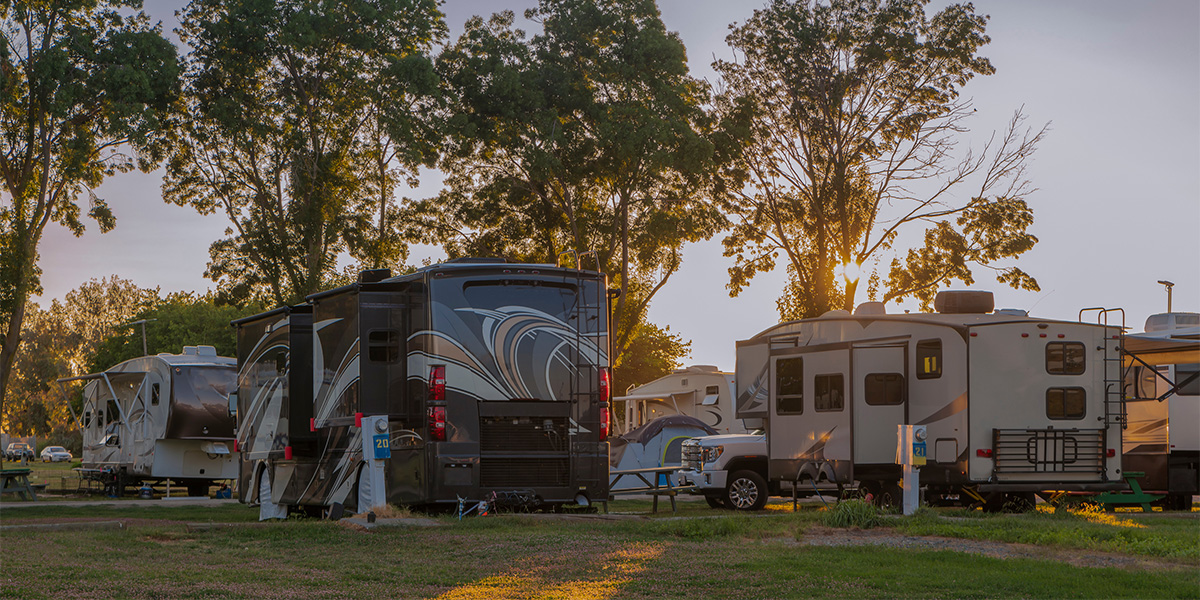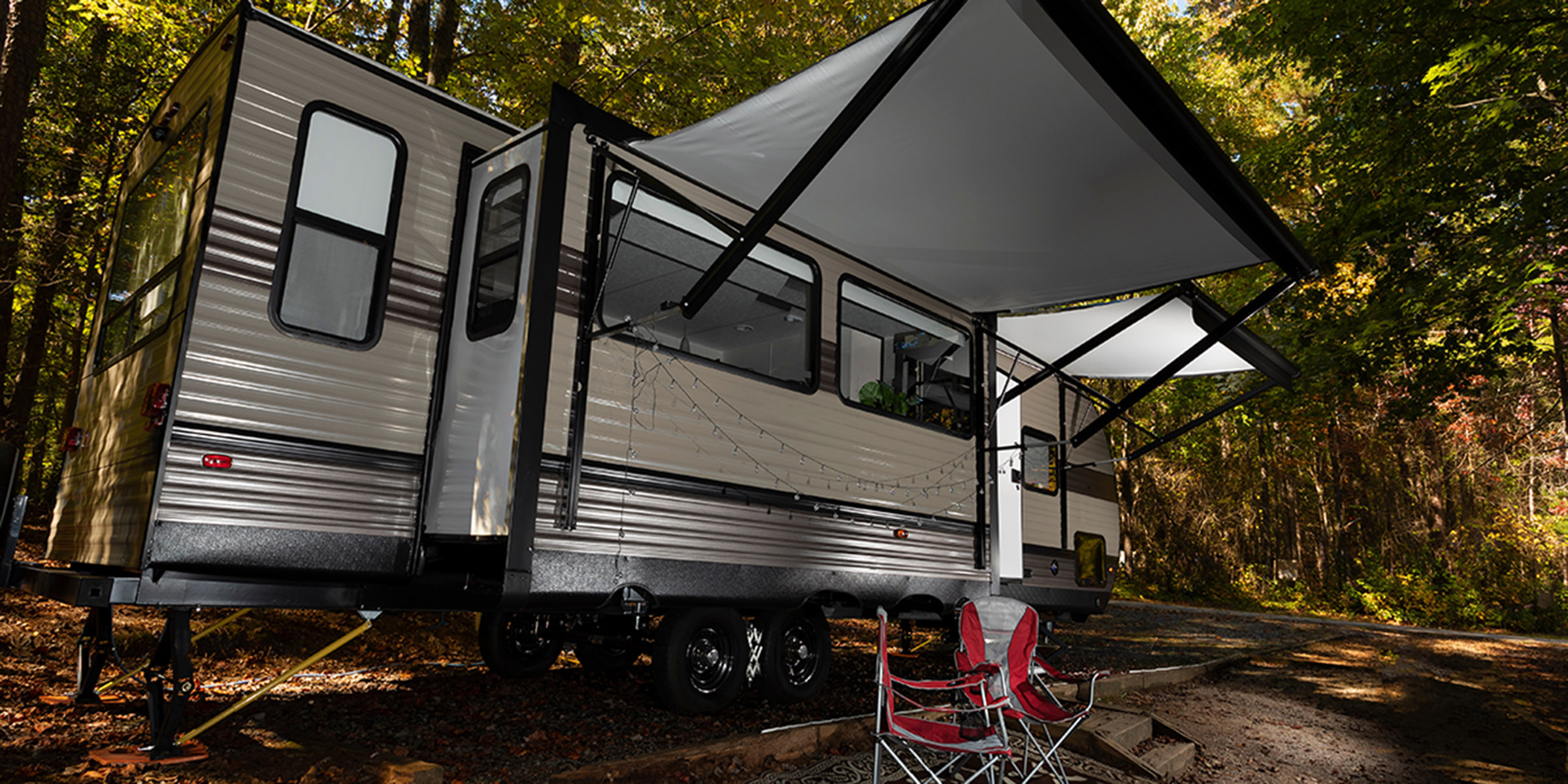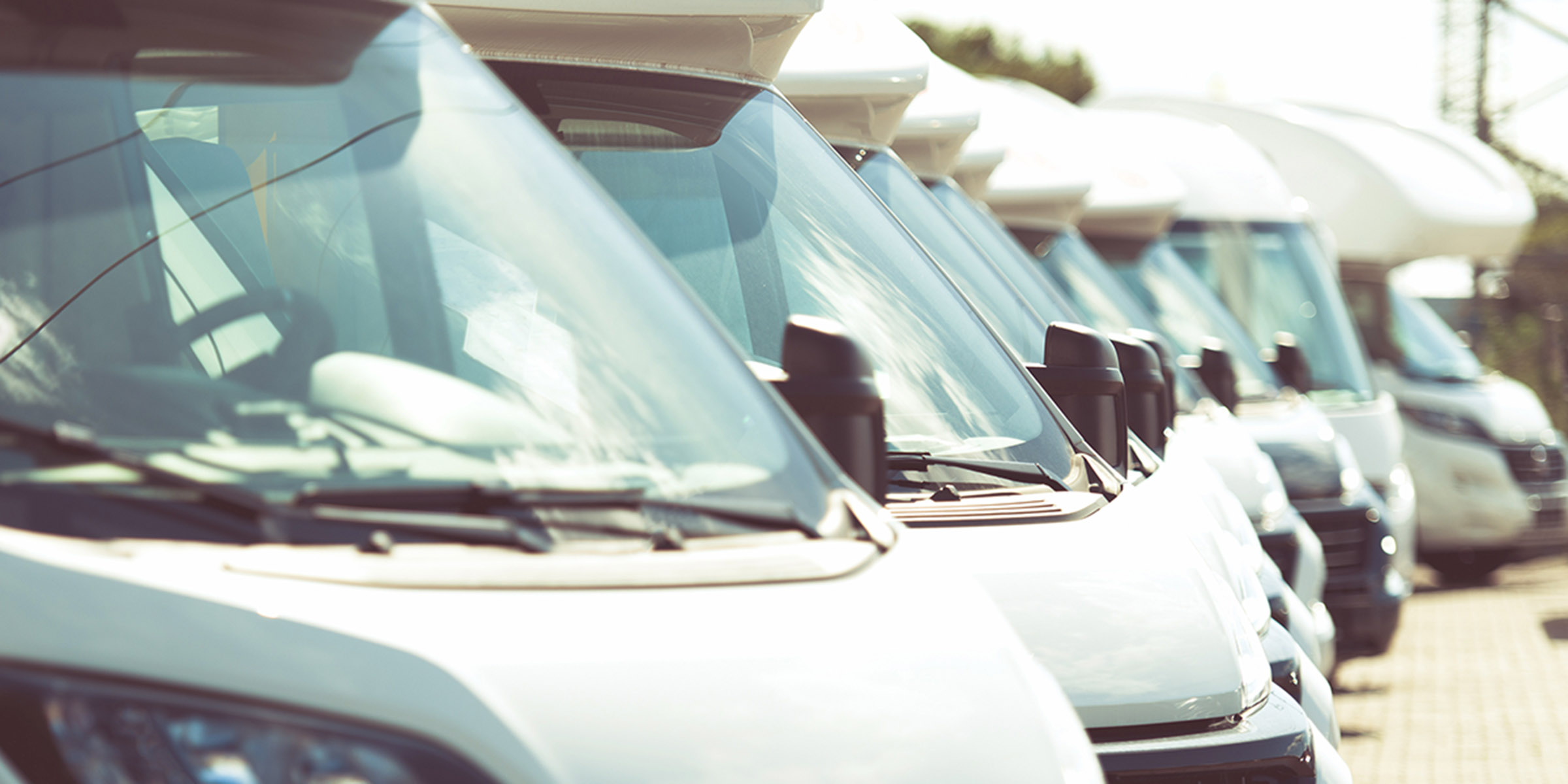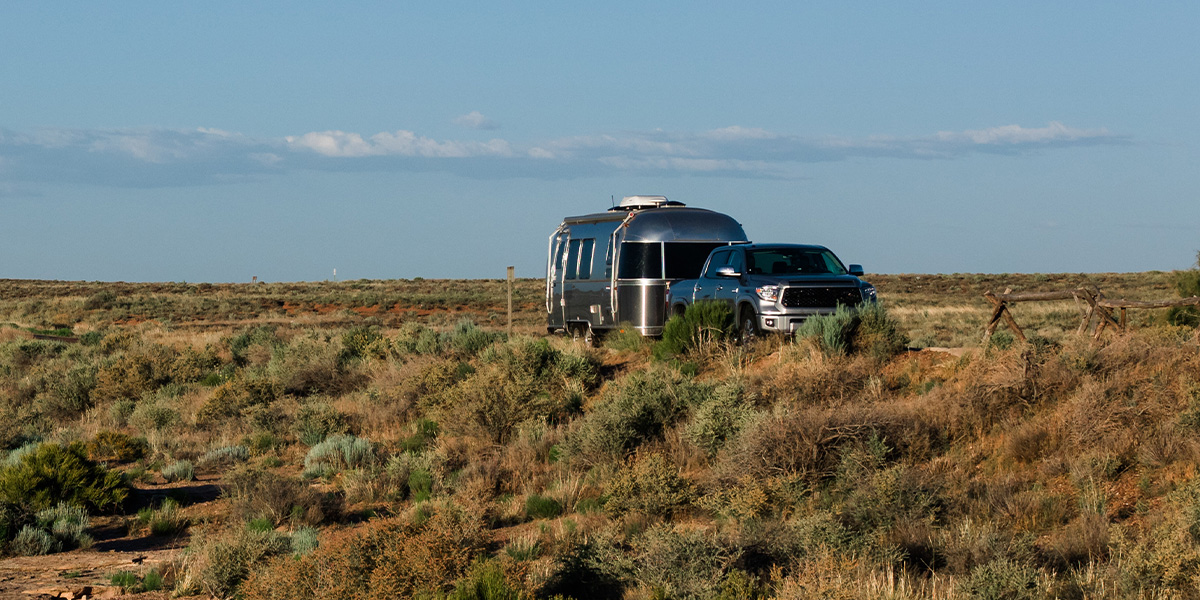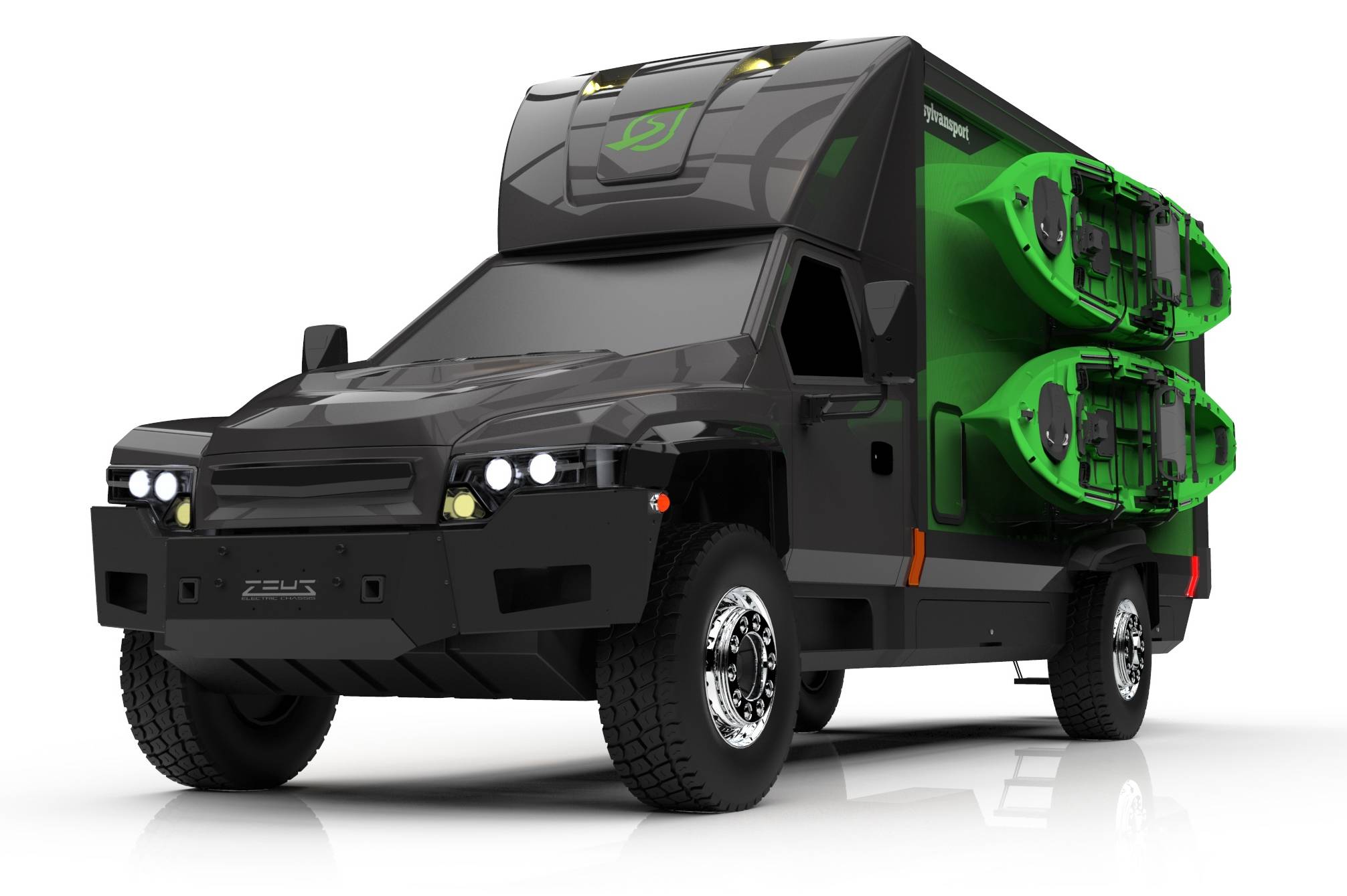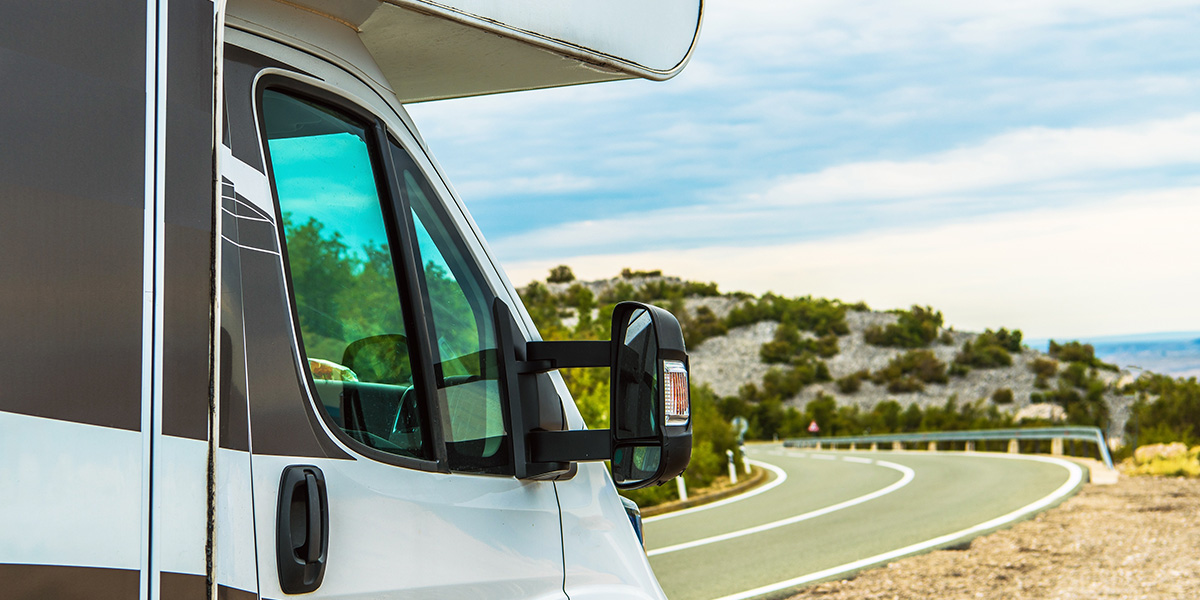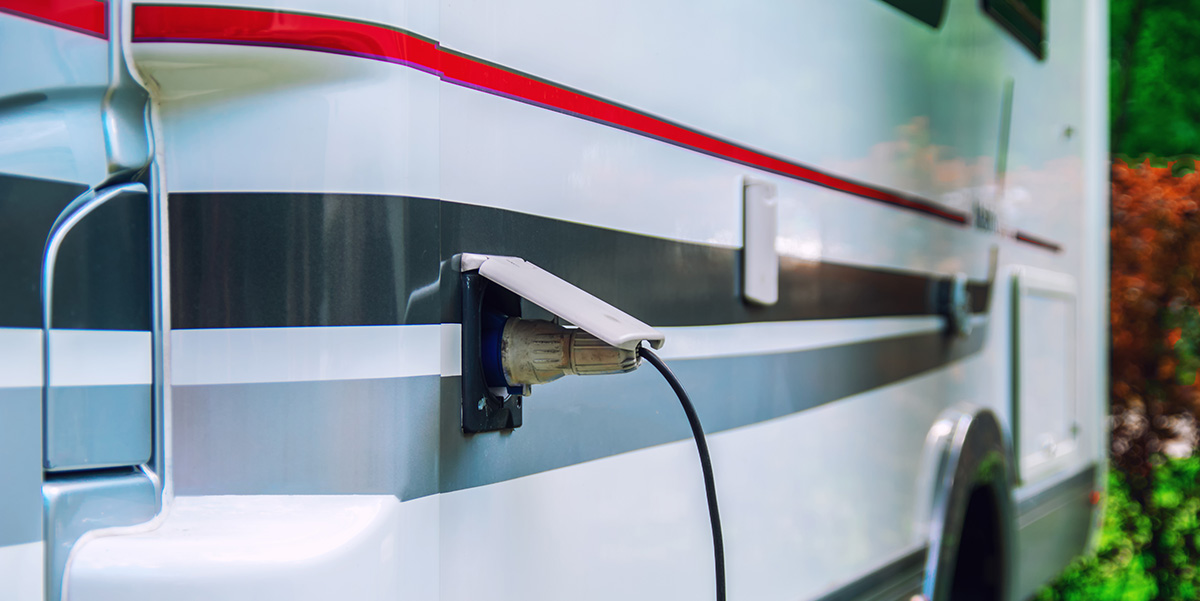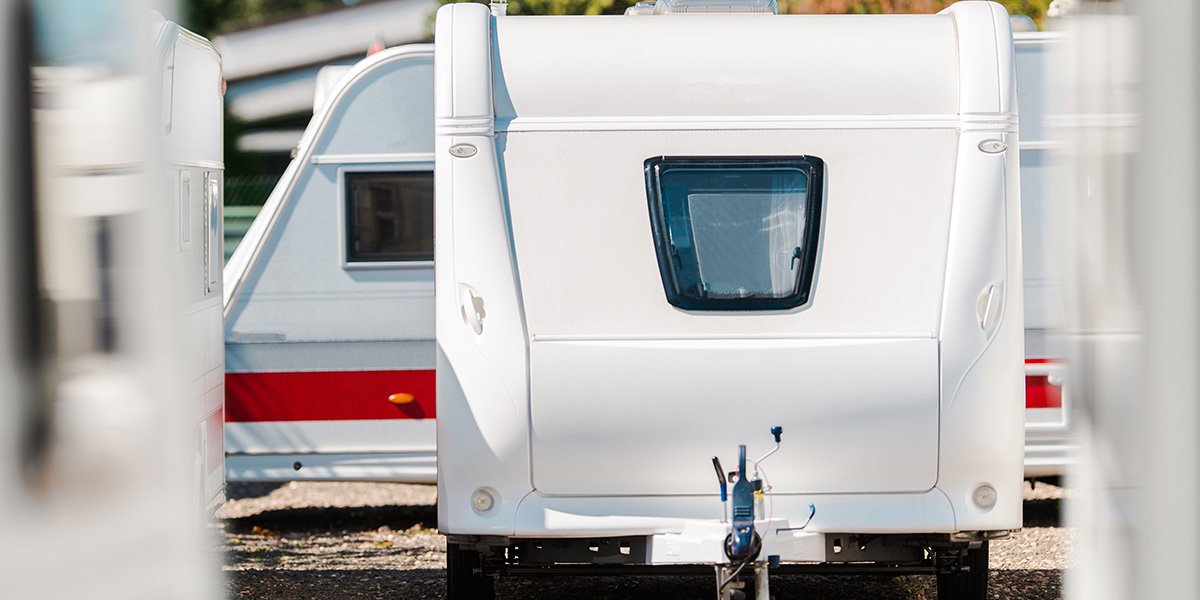Exploring the open road and venturing into nature is part of the fun of the RV lifestyle, but taking care of your vehicle is a big part of it too. From quick RV makeover tips that add personality to your RV to regular maintenance that helps you prevent vehicle problems and maximize your travel time, there is a lot for owners to monitor and maintain. To extend your vehicle’s life and keep it in its best condition, RV Trader is sharing 14 tips to save your RV from an early death.
1. Maintain the Awning on Your RV
Your RV’s roof may be damaged by the elements, such as the sun, wind, rain, and hail. To prevent degradation, you should frequently inspect your RV awning. Clean it a few times a year to keep it in its best condition by using a mild solvent and water solution to wash the roof. In the summer, it’s a good idea to keep the sun out of your vehicle to prevent damage from sunlight and excessive heat. Use a shade, sun deflector, or sun blinds on your vehicle’s windows to keep equipment from overheating and breaking down.
2. Inspect Your RV Roof for Leaks
Check the RV’s roof seams and seals every six months and look for leaks. You should also seal the roof of your RV in order to avoid long-term water damage, which may cost hundreds or even thousands of dollars in repairs if not addressed quickly. Metal RV covers may be used to help protect the roof of an RV from corrosion and damage from severe weather.
3. Check Tire Pressure and Tighten the Wheel Lug Nuts on Your RV
To stay safe, check your RV’s tire pressure and tighten the wheel lug nuts before you go on a trip to avoid on-the-road RV repairs. Inspect the lug nuts on your wheels on a regular basis to ensure you have control of your vehicle while rolling down the road. Under- or over-inflated tires can cause shuddering problems, vehicle damage, and loss of control. Proper tire maintenance will also improve your vehicle’s fuel economy and save you money when you fill up.
4. Maintain and Care for Your RV’s Generator
Leaving the RV generator running for lengthy periods of time might lead to an early replacement. Keep in mind that gasoline for generators typically has a shelf life of one month or less, and your generator can be damaged with internal gasoline decomposition. Use your generator for two hours at a 50% load once a month to keep it ready for use. And clean your generator’s carburetor regularly to prevent carburetor varnishing.
5. Take Care of Your RV’s Sewage System
RV owners need to take care of their vehicle’s sewage system, and during the off-season, you should follow steps for winterizing your RV. For each system, ensure the chemicals you utilize are compatible with your vehicle; make sure to read your owner’s manual for the correct chemicals and procedures for maintenance. Maintaining your RV’s water system can help prevent blockage, valve freezing, and overall system failure.
6. Look After Your RV’s Brakes and Transmission
Caring for your RV’s brakes should be at the top of your maintenance list. Not enough brake fluid may put you and other drivers in danger. Keep up with regular wheel bearing maintenance by keeping them well-lubricated. You should also inspect the brake lights regularly and test your brakes before you embark on a journey. When it comes to repairs, seal replacement and bearing repacking should often be included in the cost of a new set of brake pads. And after heavy use for years, look out for transmission issues, which can prevent the engine from reaching the rotational velocities needed for your vehicle to run properly on the road.
7. Open the Vents on Your RV
You can actually extend the life of your vehicle by allowing fresh air to circulate through the vents. Temperatures inside your RV can soar on scorching summer days, and swiftly degrade even the most robust materials, causing them to break down and fail before they should. Improve the ventilation in your RV by opening up the vents to keep the temperature lower, improve airflow, and prevent damage to individual parts of your vehicle.
8. Treat and Clean Your RV’s Slide Outs
If you’ve found a new or used conversion camper van for sale, then you know the seals on your vehicle’s skids must be cleaned regularly to eliminate debris. Without proper care, you will have issues with the seal of the camper. Clean the RV’s slide-outs, and lubricate all slider mechanisms. Apply lubricants to your window seals to keep them flexible and fresh to function effectively. This will also make it easier to open and close your windows.
9. Replace and Replenish RV Fluids
During summer days, make sure your vehicle’s fluids aren’t overheating from hot temperatures. And before you head out, check your fluid levels. As soon as you notice any issues with your braking, steering, windshield washer, or transmission fluid level, top them off immediately to prevent vehicle damage and ensure your safety while driving on the road.
10. Check the Battery Life on Your RV
Batteries are another crucial RV component that must be checked often. Batteries may live up to five years if they are cared for properly. Water levels may be found in specific models, while others are entirely maintenance-free. Keeping the battery charged at all times is a good idea to improve its longevity, and keep it clean and free of corrosion or debris.
11. Change Your RV’s Oil
Seasonal oil changes are recommended to keep everything lubricated and running smoothly. It is recommended to do an oil change on recreational vehicles at least once every 3,000 to 4,000 miles or once a year; spring is an ideal time to do an oil change before the summer RV season. If you don’t change your oil, your engine will soon deteriorate, leaving you with costly repairs and possible vehicle replacement.
12. Replace Your RV’s Filters
Changing your RV’s fuel, coolant, air, and hydraulic filters every season is just as important as changing the RV’s oil. While you change the oil, inspect all the filters in your engine, and make replacements. Keep on top of this maintenance task with record-keeping to ensure your vehicle performs its best during RV season.
13. Check Your RV Gauges
Regularly checking the gauges on your RV should also be on your to-do list. A gauge with an improper reading can set you up for serious vehicle issues. Oil pressure, engine temperature, charging, and brake health indicators are just some of the things you need to keep an eye on throughout the year as your RV ages.
14. Properly Store Your RV
Whether you own a small vehicle or a large toy hauler, when your RV’s not in use, it’s important to protect it with proper storage. Here’s a checklist of things to do before putting your RV in storage.
- Reduce the mass of your RV by lowering the RV supports. This will help your tires last longer, and keep flat areas at bay.
- Fuel stabilizers and oil changes are essential in preventing condensation and corrosion.
- Get some tire covers or shields to protect your tires from the sun’s harmful rays.
- Make sure to dry off your RV’s batteries before putting them away.
- Run the engine to its operating temperature once a month during hot summer days.
By following these tips, you can ensure your vehicle is running its best. With the right care, you extend its life and get more joy out of your vehicle for years to come. If you’re ready to purchase your next new or used RV, check out all the listings online at RVTrader.com.
Isaac Hil is a writer for WeeklyMotor.com.
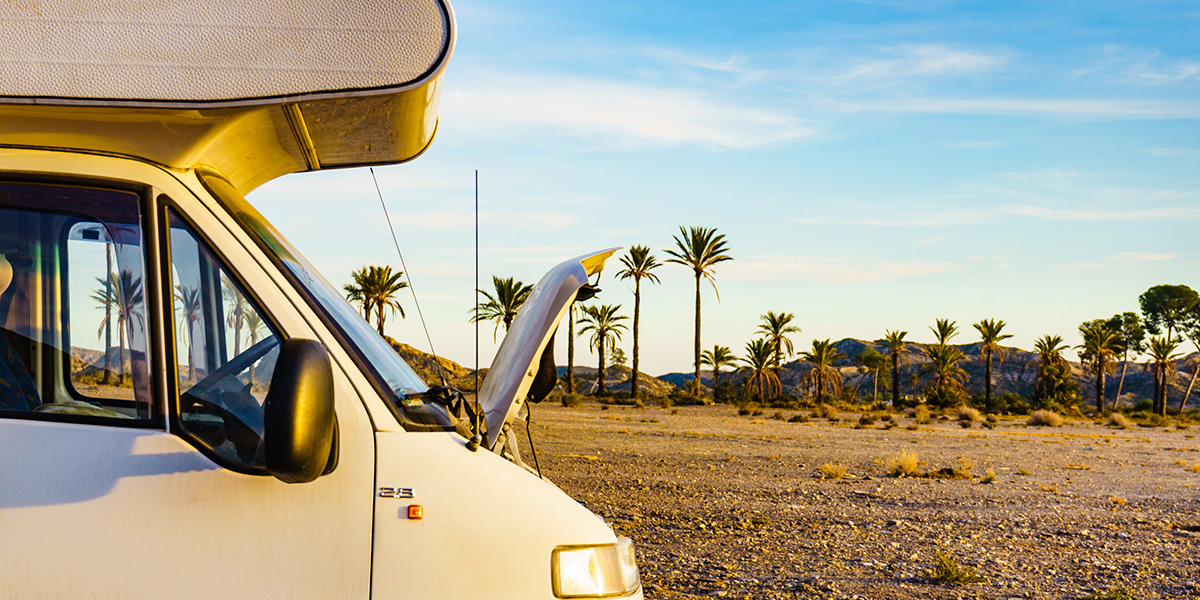
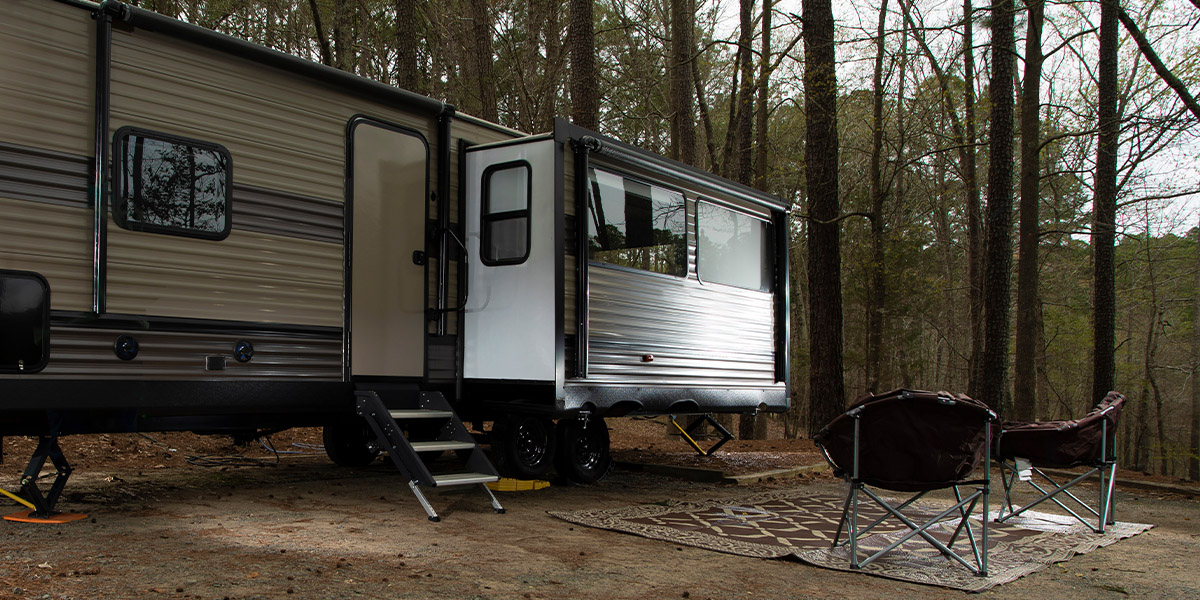
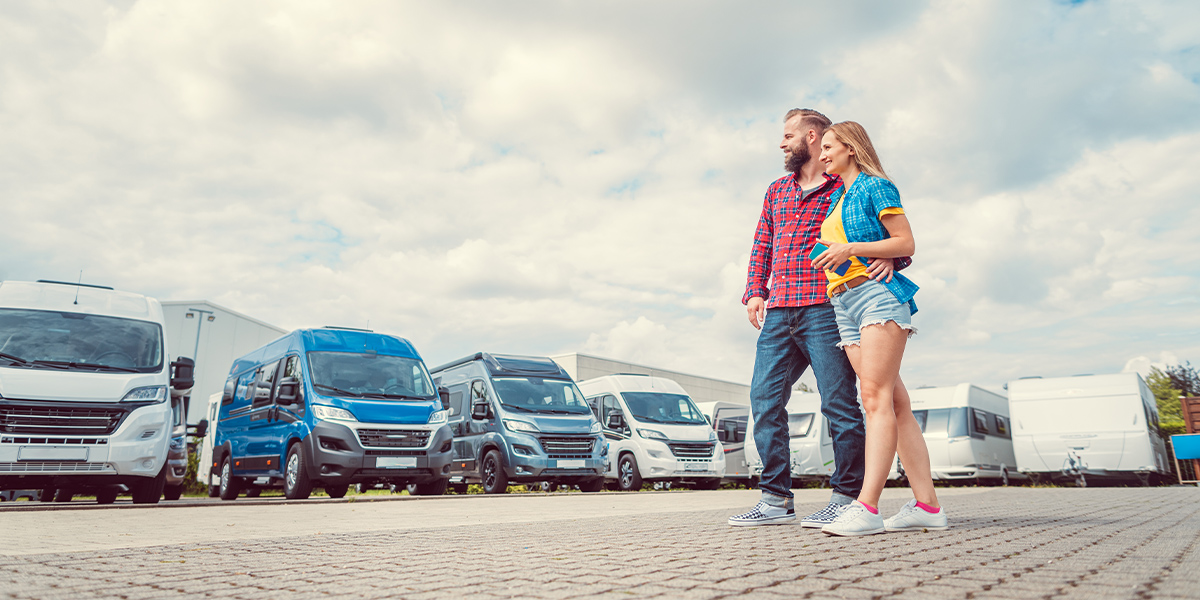
 FMCA
FMCA